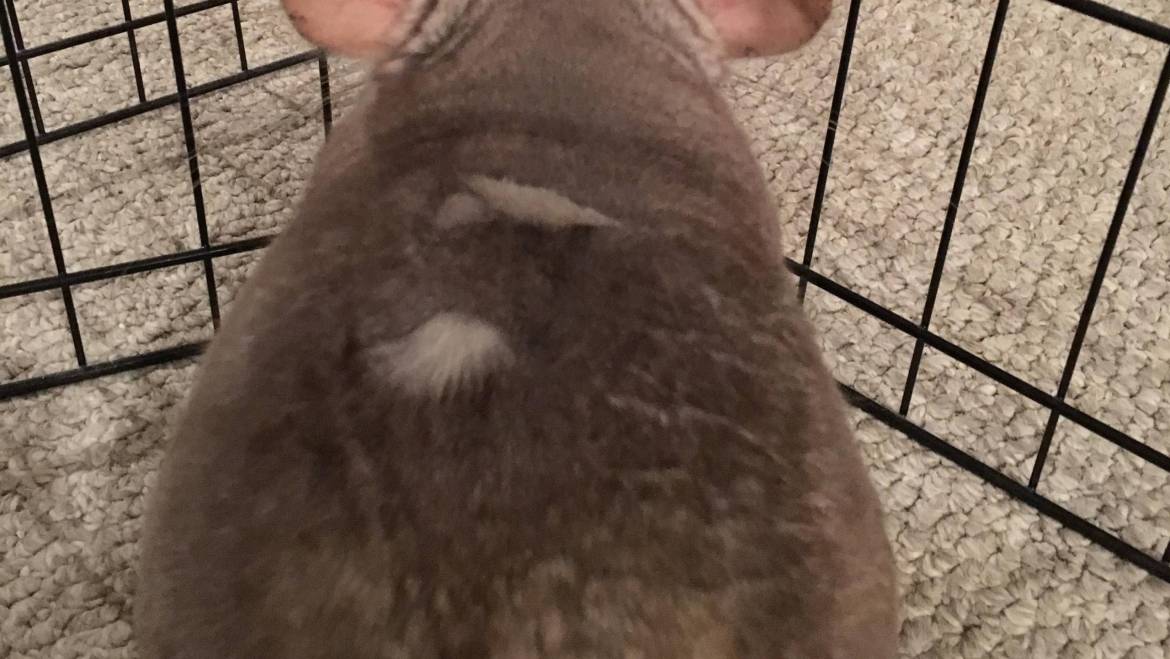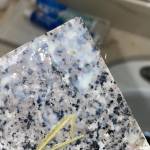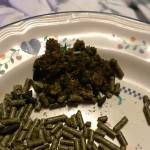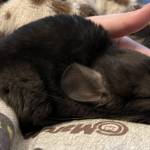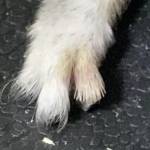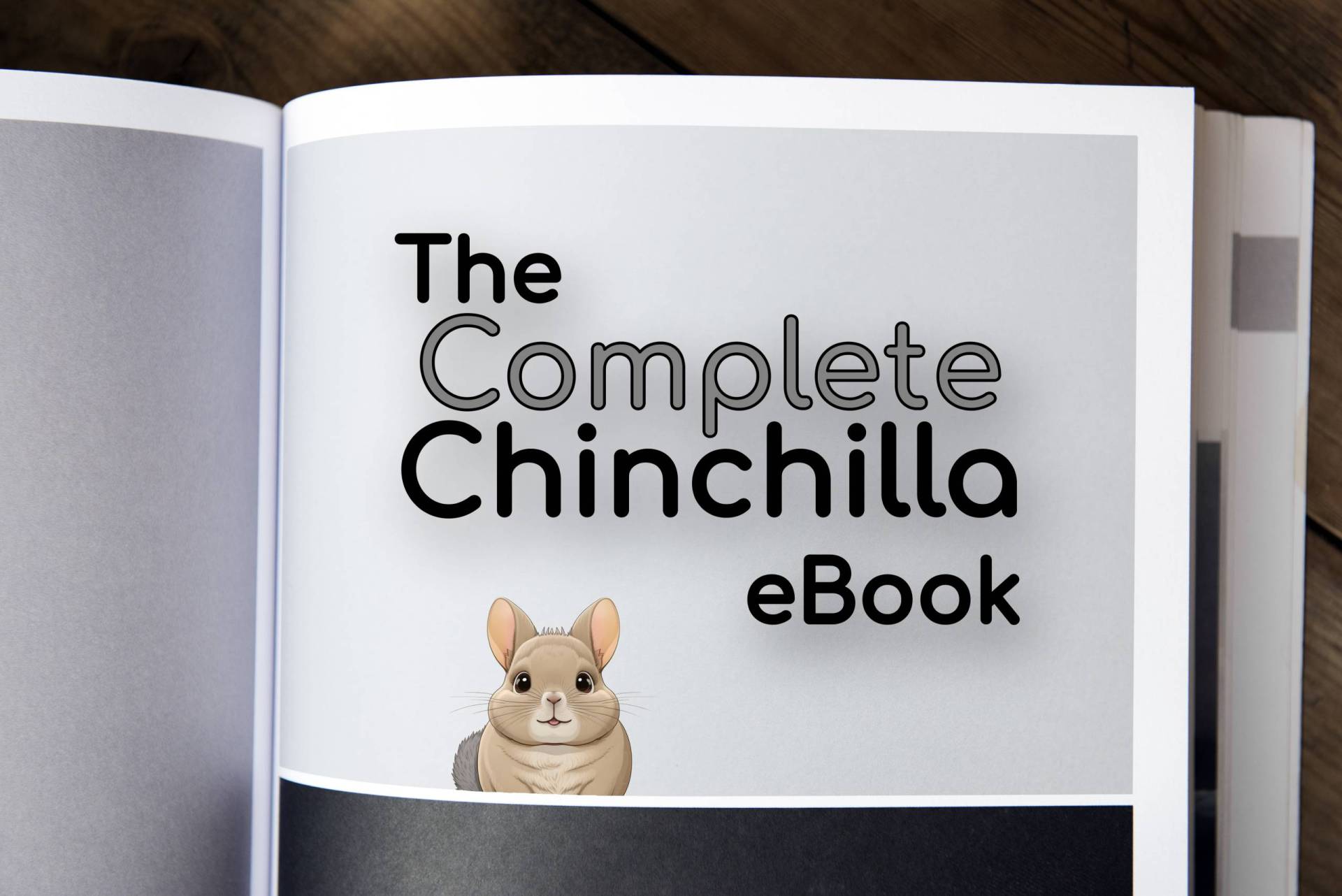Chinchillas are adorable, fluffy, and fascinating animals to own as pets. They have a thick, soft, and luxurious coat that makes them unique among rodents. However, one issue that chinchilla owners may encounter is fur slip, a condition that causes them to shed their fur excessively. In this article, we will explore the causes, symptoms, and treatment of chinchilla fur slip, so you can provide your little furry friend with the care and attention they need.
What is Fur Slip?
Fur slip is a condition that affects chinchillas where they shed patches of their fur to escape from predators or to protect themselves from danger. It is a defense mechanism that allows them to leave behind a patch of fur in the predator’s mouth while they escape. In the wild, chinchillas use this mechanism to avoid being caught by their predators, including birds of prey, snakes, and wild cats.
In captivity, chinchillas can still exhibit this behavior, even though there are no predators around. They may shed their fur if they feel threatened, stressed, or uncomfortable in their environment. In some cases, fur slip can be a sign of an underlying health issue, and it is essential to identify the cause and address it promptly.
Causes of Fur Slip
- Stress and Fear: Chinchillas are sensitive animals that can be easily stressed by changes in their environment, loud noises, sudden movements, and unfamiliar people or animals. They may exhibit fur slip as a response to perceived danger or threat.
- Rough Handling: Chinchillas have delicate skin and a fragile coat. Handling them roughly or pulling their fur can cause them to shed excessively.
- Poor Nutrition: A diet deficient in essential nutrients, such as protein, calcium, and vitamins, can weaken a chinchilla’s fur and make it prone to shedding.
- Skin Conditions: Skin infections, parasites, and other skin conditions can cause a chinchilla to shed its fur. These conditions may cause itching, irritation, and discomfort, prompting the chinchilla to scratch and pull out its fur.
Symptoms of Fur Slip
- Patchy Fur: The most visible sign of fur slip is patchy fur. You may notice that your chinchilla has bald spots or areas where its fur is thin or missing.
- Scratching and Biting: Chinchillas with fur slip may scratch or bite themselves excessively, causing further damage to their skin and fur.
- Behavioral Changes: Chinchillas may become more withdrawn, fearful, or aggressive if they are experiencing stress or discomfort due to fur slip.
- Poor Health: In some cases, fur slip may be a symptom of an underlying health issue, such as malnutrition, skin infections, or parasites. A chinchilla with fur slip may appear lethargic, lose weight, or have other signs of poor health.
Curing and Preventing Fur Slip
- Address the Underlying Cause: To treat fur slip, you need to identify the underlying cause and address it. If your chinchilla is stressed or fearful, you may need to make changes to its environment, such as reducing noise or providing hiding places. If your chinchilla has a skin condition or parasite infestation, you may need to take it to the vet for treatment.
- Handle Your Chinchilla Gently: Chinchillas have delicate skin and fur, and rough handling can cause them to shed excessively. When handling your chinchilla, be gentle and avoid pulling or tugging on its fur.
- Provide a Balanced Diet: A diet that is deficient in essential nutrients can weaken a chinchilla’s fur and make it more prone to shedding. Make sure to provide your chinchilla with a balanced diet that includes high-quality hay, fresh vegetables, and a small amount of pellets that are specifically formulated for chinchillas. You may also want to provide your chinchilla with vitamin supplements, such as vitamin C and vitamin E, to help support its fur health.
- Keep Your Chinchilla’s Environment Clean: A dirty or unsanitary environment can cause skin infections and other health issues that can lead to fur slip. Make sure to keep your chinchilla’s cage clean and provide it with fresh bedding regularly. Also, ensure that the temperature and humidity in the cage are at the optimal levels for your chinchilla’s health.
- Minimize Stress: Chinchillas are sensitive animals that can become stressed by changes in their environment, loud noises, or unfamiliar people or animals. To minimize stress, make sure to provide your chinchilla with a quiet and calm environment, and avoid sudden movements or loud noises that may startle or frighten your pet.
- Provide Toys and Enrichment: Chinchillas are active and curious animals that need mental stimulation to thrive. Providing your chinchilla with toys, such as chew toys, tunnels, and climbing structures, can help keep it entertained and reduce stress levels.
In some cases, fur slip may be irreversible, and your chinchilla may have to live with bald patches for the rest of its life. However, with proper care and treatment, you can minimize the risk of fur slip and help your chinchilla maintain a healthy and lustrous coat.
In conclusion, chinchilla fur slip is a common condition that affects chinchillas in captivity. It is essential to identify the underlying cause and address it promptly to prevent further shedding and discomfort. By providing your chinchilla with a clean and comfortable environment, a balanced diet, and gentle handling, you can help your little furry friend maintain a healthy and beautiful coat for years to come.

